Transportation has always been a cornerstone of human progress, shaping how we connect with the world around us. Behind every leap forward in this field are visionary engineers who dared to think differently, pushing the boundaries of technology and design. This article highlights the pioneers whose innovative ideas have not only transformed transportation but also laid the foundation for the future of how we move.
Elon Musk
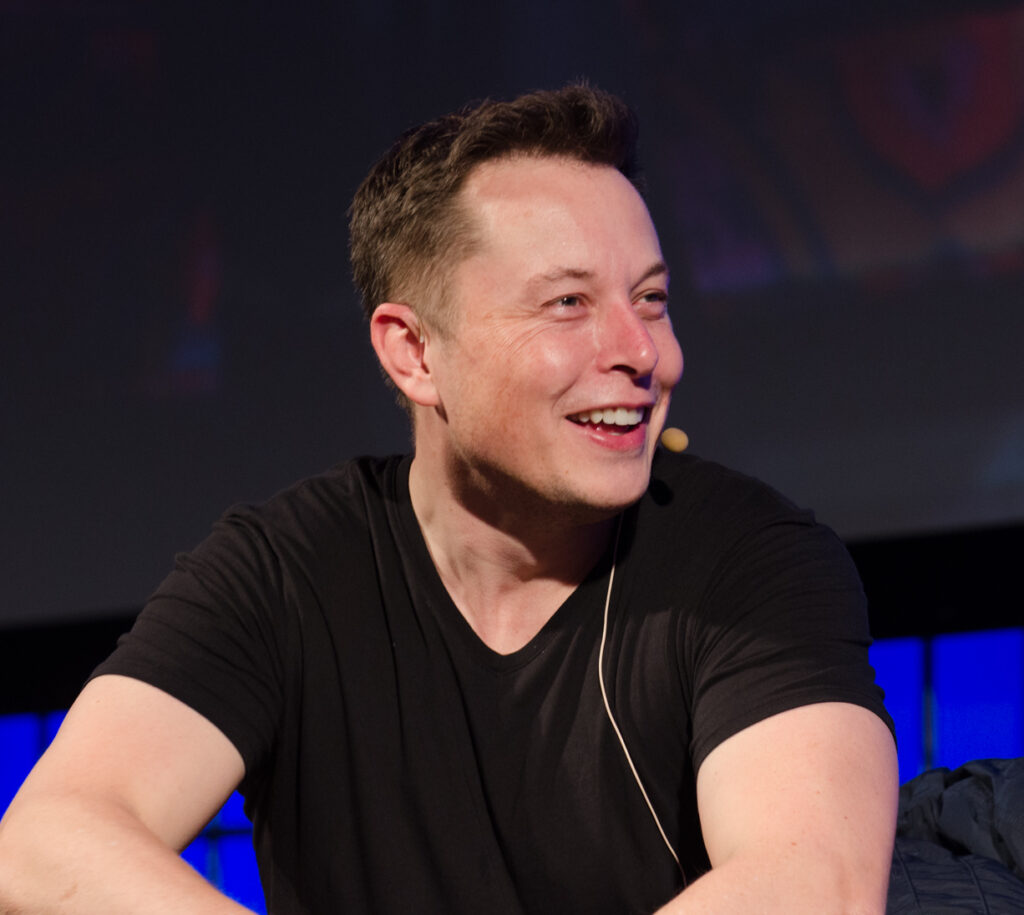
Elon Musk is a driving force behind multiple transportation revolutions, particularly with Tesla’s electric vehicles and SpaceX’s reusable rockets. His vision for sustainable energy led to the mass production of electric cars that are both high-performing and eco-friendly. Musk’s development of the Hyperloop, a proposed high-speed transportation system, aims to reduce travel times drastically using vacuum tubes and magnetic levitation, representing a future where speed and efficiency are paramount.
Henry Ford
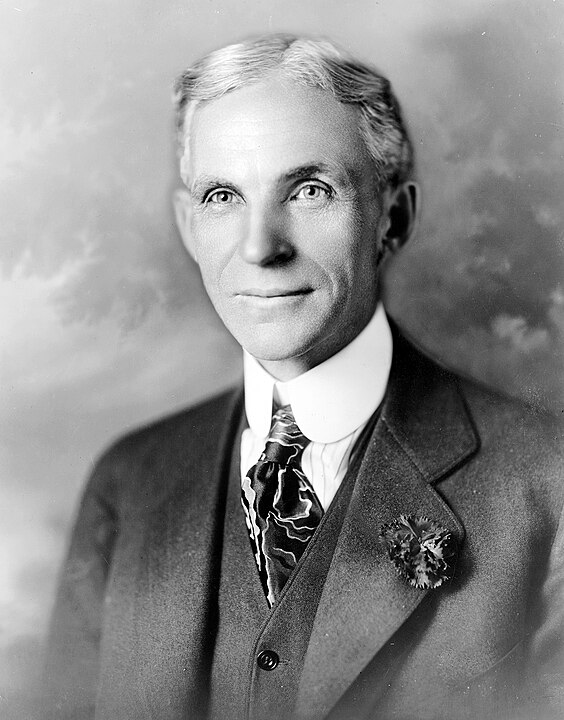
Henry Ford revolutionized transportation with the introduction of the assembly line in automobile manufacturing, making cars affordable for the average person. His Model T became the first mass-produced car, significantly lowering the cost of vehicles and transforming personal transportation. Ford’s approach to manufacturing laid the groundwork for the modern automotive industry, enabling the widespread adoption of cars and changing the way people live and work.
Ferdinand Porsche
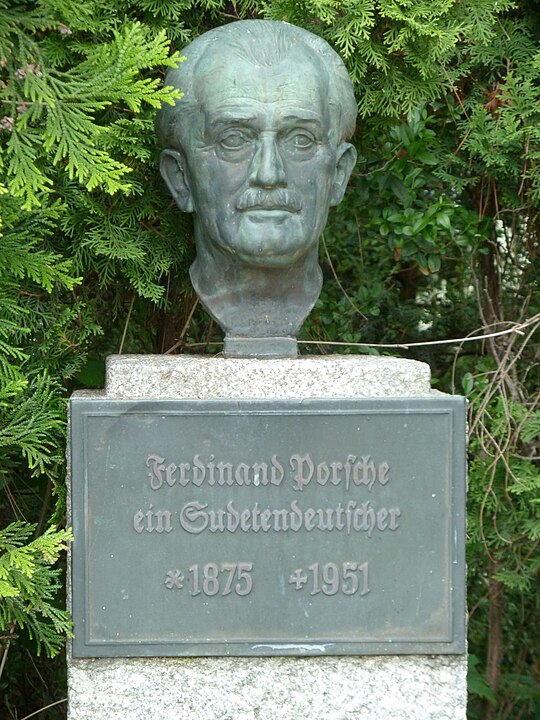
Ferdinand Porsche, the founder of the Porsche car company, was instrumental in designing some of the most iconic vehicles of the 20th century. He created the Volkswagen Beetle, which became one of the best-selling cars of all time due to its affordability and durability. Porsche’s engineering prowess also led to the development of high-performance sports cars, which set new standards for speed and precision in the automotive world.
Ralph Teetor

Ralph Teetor, a blind mechanical engineer, invented cruise control, a technology that has become standard in modern vehicles. His innovation allows drivers to maintain a constant speed without continuous accelerator pressure, reducing driver fatigue and improving fuel efficiency. Teetor’s invention exemplifies how engineering can enhance safety and convenience in transportation.
Soichiro Honda
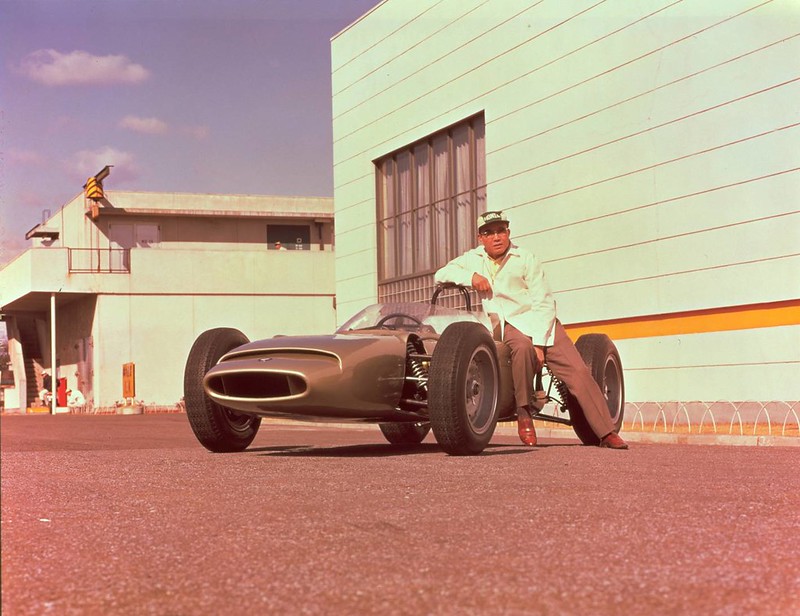
Soichiro Honda, the founder of Honda Motor Co., transformed the motorcycle and automobile industries with his innovative designs and commitment to quality. He introduced the Honda Super Cub, which became the world’s best-selling motorcycle due to its reliability and fuel efficiency. Honda’s focus on engineering excellence and environmental consciousness also led to the development of fuel-efficient cars, making a significant impact on global transportation.
Frank Whittle
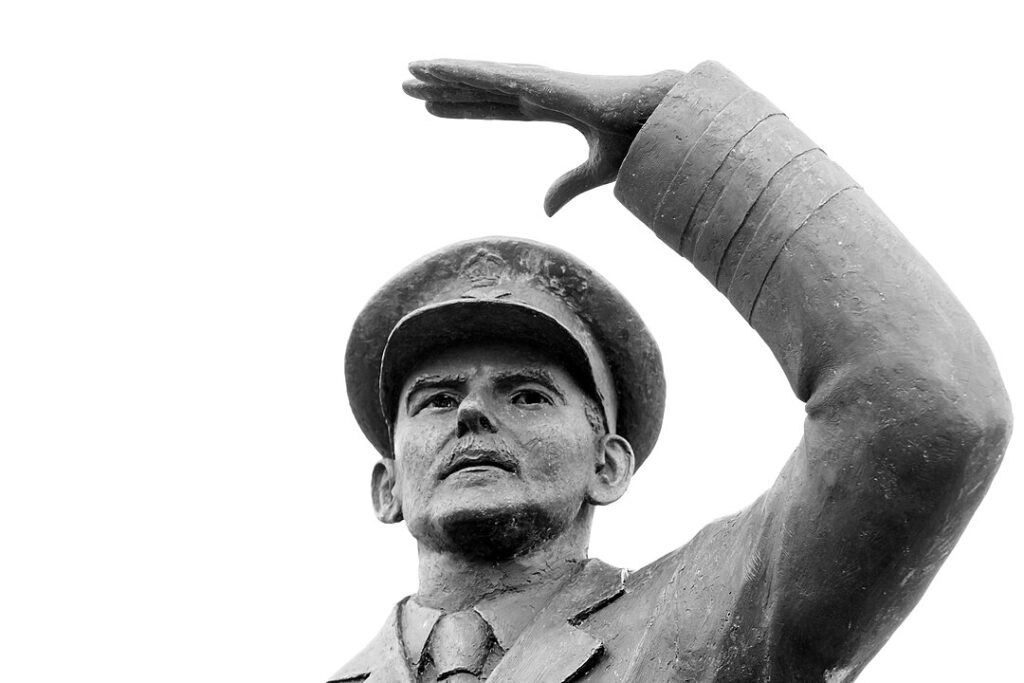
Frank Whittle, an English engineer and pilot, is credited with inventing the jet engine, which revolutionized air travel. His design for a turbojet engine allowed aircraft to fly at much higher speeds and altitudes than ever before, reducing travel times across the globe. Whittle’s innovation laid the foundation for the modern aviation industry, enabling the development of commercial air travel and military aviation.
Gottlieb Daimler
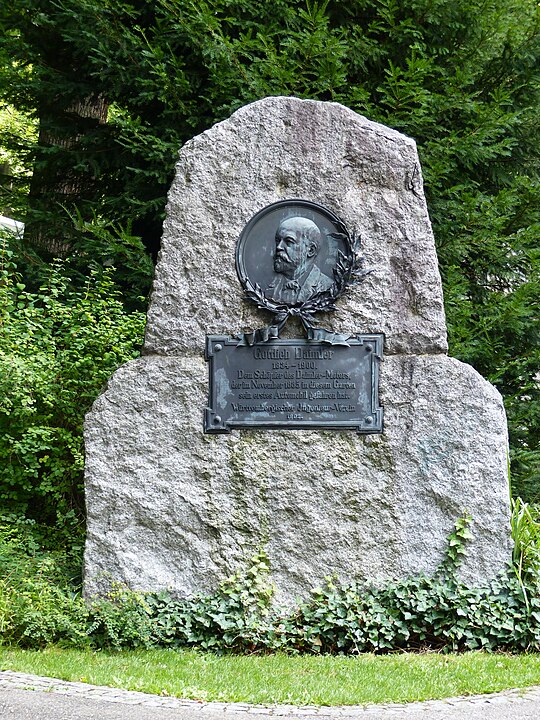
Gottlieb Daimler, along with Wilhelm Maybach, developed the first high-speed gasoline engine and the first four-wheeled automobile, the “Cannstatt-Daimler.” Daimler’s work laid the groundwork for the internal combustion engine, which powered the majority of vehicles for over a century. His contributions are crucial in the development of modern cars, motorcycles, and boats, making transportation faster and more accessible.
Nikola Tesla
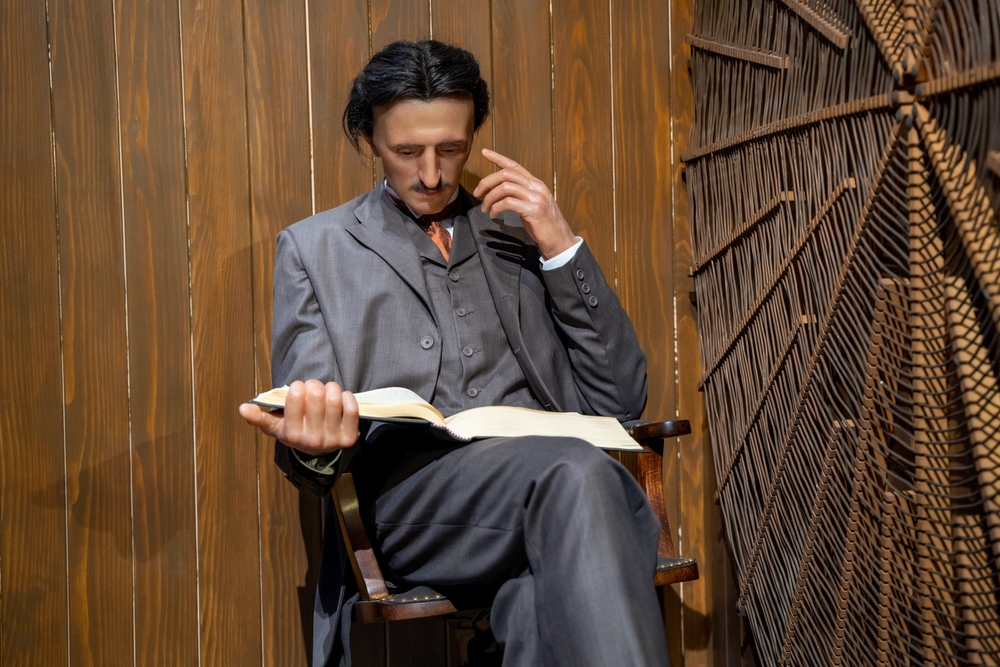
Nikola Tesla, known for his work in electrical engineering, also made significant contributions to transportation. His development of alternating current (AC) power systems enabled the widespread use of electricity in transportation, from electric trains to modern electric vehicles. Tesla’s visionary work in wireless energy transmission also hints at future possibilities for powering transportation without the need for physical connections.
Robert Goddard
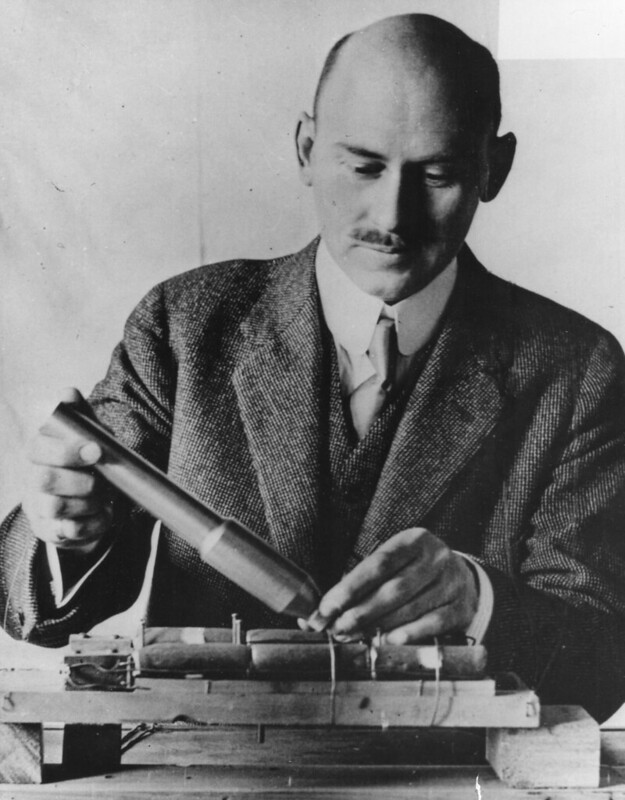
Robert Goddard is often considered the father of modern rocketry. He developed and launched the world’s first liquid-fueled rocket, paving the way for space exploration. Goddard’s innovations in rocket propulsion are foundational to the development of modern spacecraft, enabling everything from satellite launches to human space travel, thereby expanding transportation beyond Earth.
Eiji Toyoda
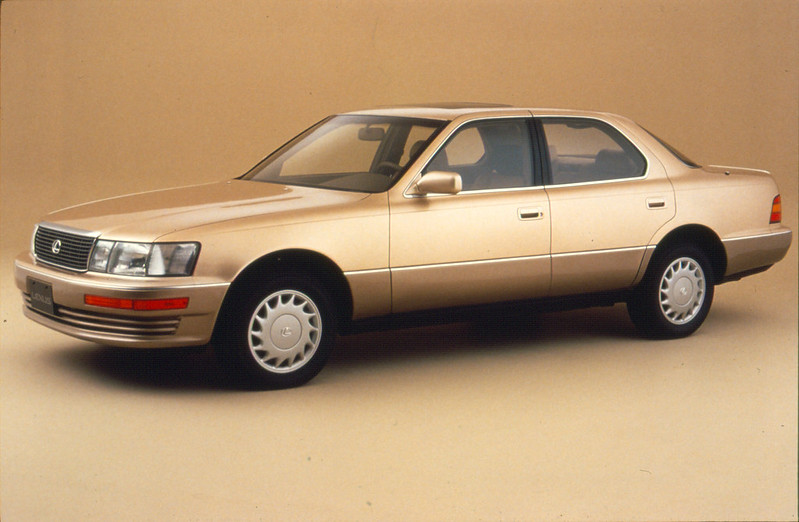
Eiji Toyoda, a Japanese industrialist and the former president of Toyota Motor Corporation, revolutionized automobile manufacturing with the introduction of the Toyota Production System (TPS), which emphasized efficiency and waste reduction. This approach, known as “lean manufacturing,” has been widely adopted across industries and has played a significant role in making Toyota one of the largest and most reliable car manufacturers globally.
R. Buckminster Fuller
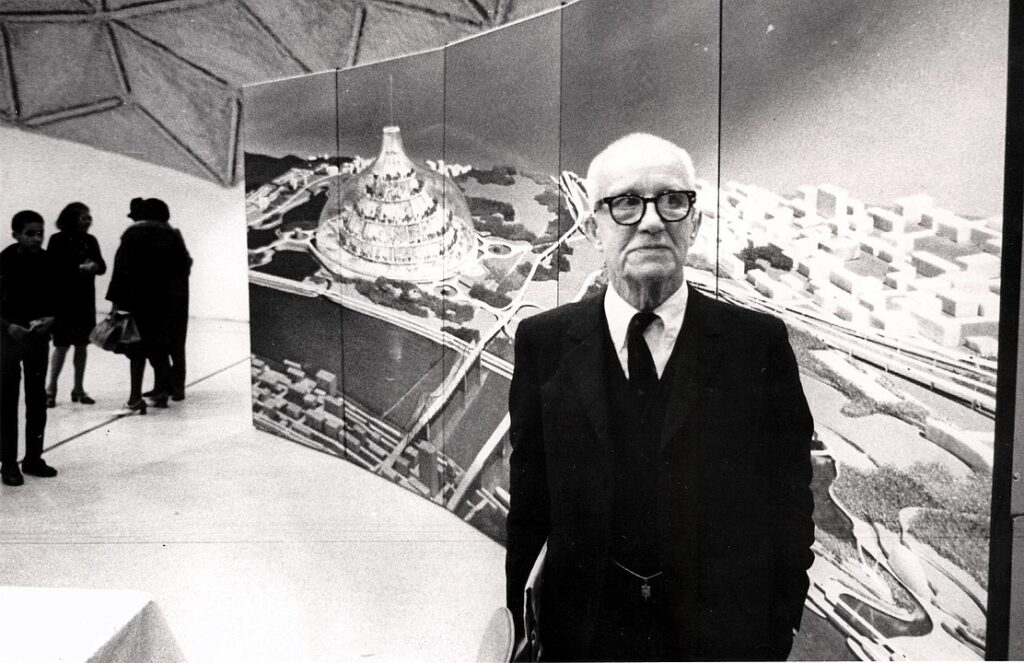
R. Buckminster Fuller, an American architect, and systems theorist, designed the Dymaxion car, a concept vehicle that was ahead of its time. The Dymaxion was a streamlined, fuel-efficient car with a unique three-wheeled design, capable of carrying more passengers than traditional cars while using less fuel. Although it never went into mass production, Fuller’s work influenced later developments in automotive design and fuel efficiency.
Isambard Kingdom Brunel
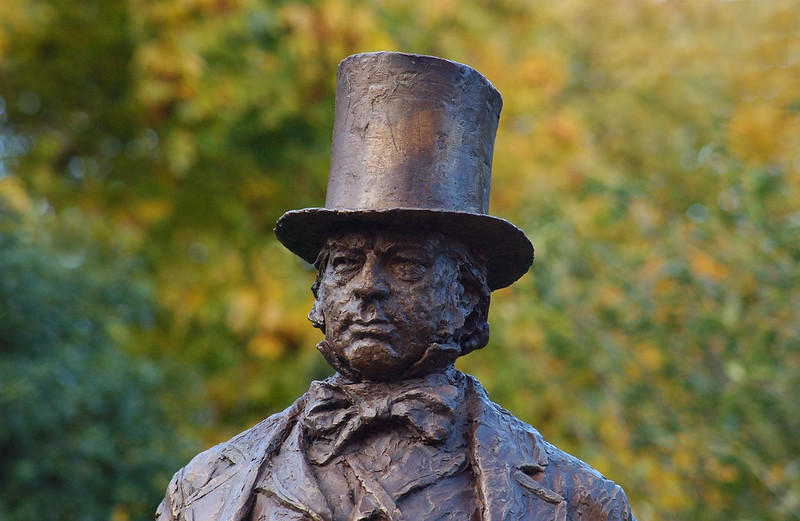
Isambard Kingdom Brunel, a British civil engineer, made significant contributions to transportation infrastructure, particularly in railways and maritime engineering. He designed the Great Western Railway, one of the most famous railways in Britain, and built advanced steamships like the SS Great Britain, which was the first iron-hulled, screw-propelled ship. Brunel’s innovative approaches to bridge-building and tunnel construction also laid the groundwork for modern transportation networks.
Kiichiro Toyoda
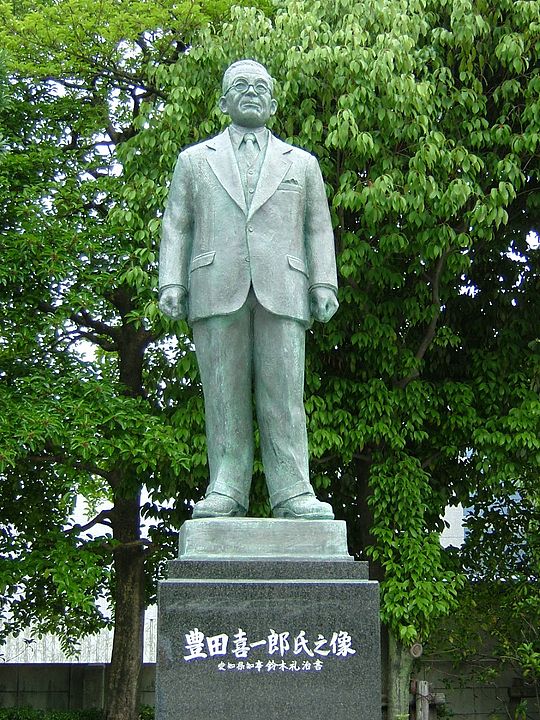
Kiichiro Toyoda, the founder of Toyota Motor Corporation, was instrumental in transforming Toyota from a textile company into one of the world’s leading automobile manufacturers. He pioneered the development of the first Toyota passenger car, the Model AA, and laid the foundation for Toyota’s global success. Toyoda’s vision of continuous improvement, known as “Kaizen,” became a core philosophy of the company, leading to the production of high-quality, reliable vehicles.
Alfred V. Verville
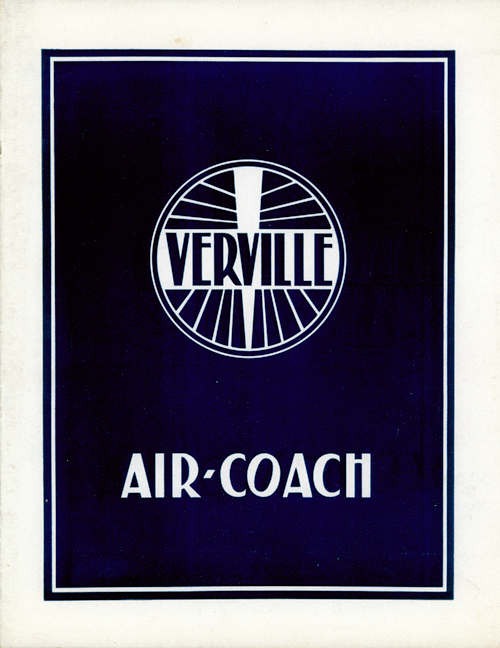
Alfred V. Verville was a pioneering American aeronautical engineer who played a key role in the development of early aircraft designs. His work on the Verville-Sperry Racer, an advanced aircraft for its time, influenced future designs in aviation. Verville’s contributions were crucial in the transition from wood and fabric biplanes to metal monoplanes, setting the stage for the modern aviation industry.
George Stephenson
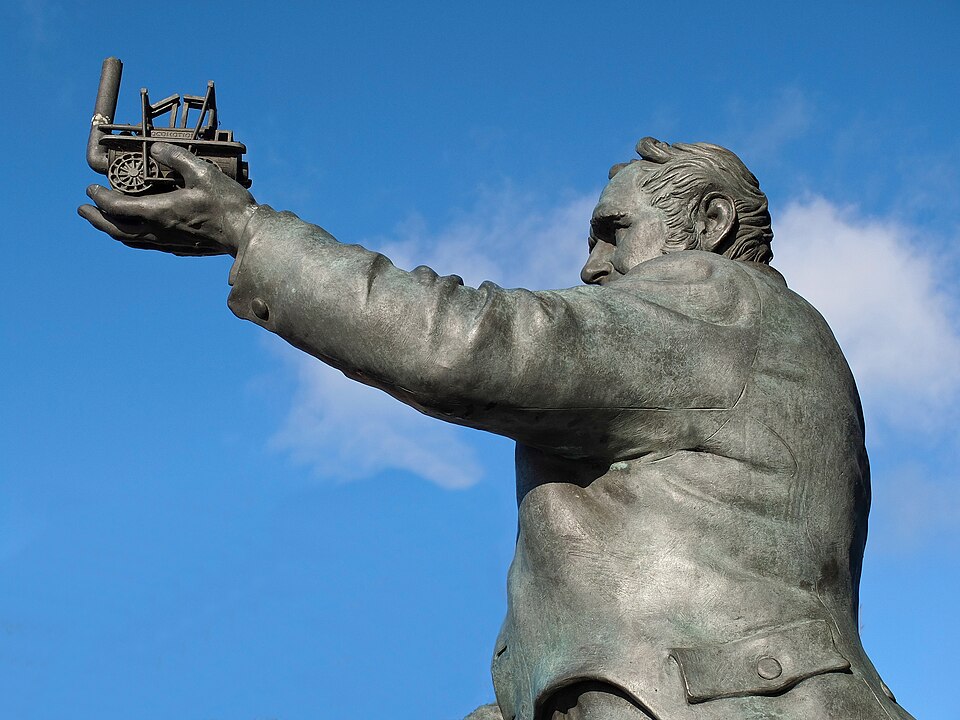
George Stephenson, known as the “Father of Railways,” was an English civil engineer who developed the first successful steam locomotive, the “Locomotion No. 1,” and the first public railway line, the Stockton and Darlington Railway. His work laid the foundation for the expansion of rail networks across the world, revolutionizing land transportation by making it faster, more efficient, and capable of moving large quantities of goods and passengers.
Leonardo da Vinci
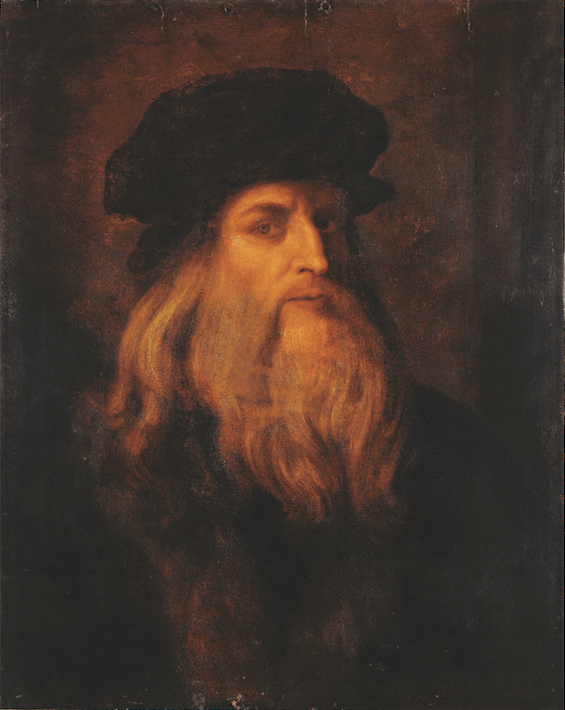
Leonardo da Vinci, though more widely known as an artist, was also a visionary engineer. His designs for flying machines, such as the ornithopter, and concepts for helicopters, submarines, and even self-propelled carts, were far ahead of their time. While many of his ideas were never built during his lifetime, they inspired future generations of engineers to push the boundaries of what was possible in transportation technology.
Amar G. Bose
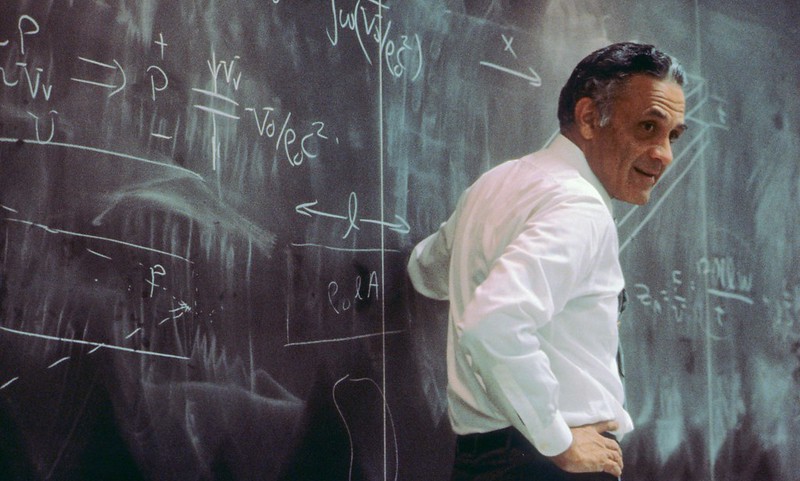
Amar G. Bose, the founder of Bose Corporation, made significant contributions to automotive technology with the development of advanced sound systems and noise-canceling technology for vehicles. His innovations have enhanced the driving experience, making vehicles more comfortable and enjoyable. Bose’s work in audio engineering has also influenced the integration of high-fidelity sound systems in cars, setting new standards for in-car entertainment.
Richard Trevithick
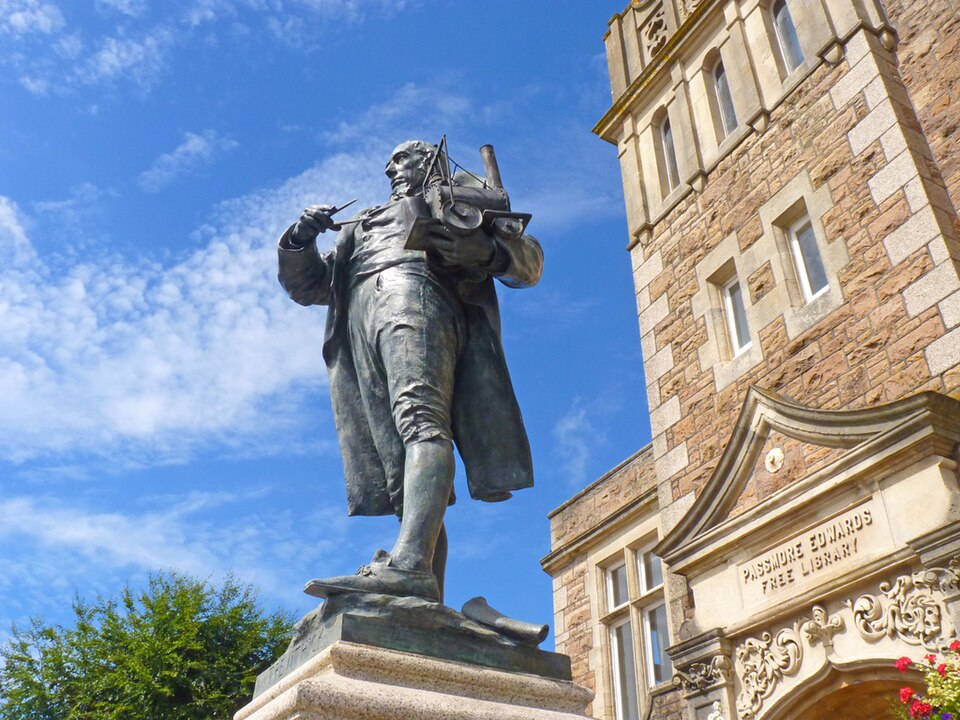
Richard Trevithick, a British inventor and engineer, built the first high-pressure steam engine and the first full-scale working railway steam locomotive. His innovations in steam technology were crucial to the development of railways and the Industrial Revolution. Trevithick’s work laid the groundwork for the widespread use of steam engines in transportation, which powered trains, ships, and even early automobiles.
Norman Bel Geddes
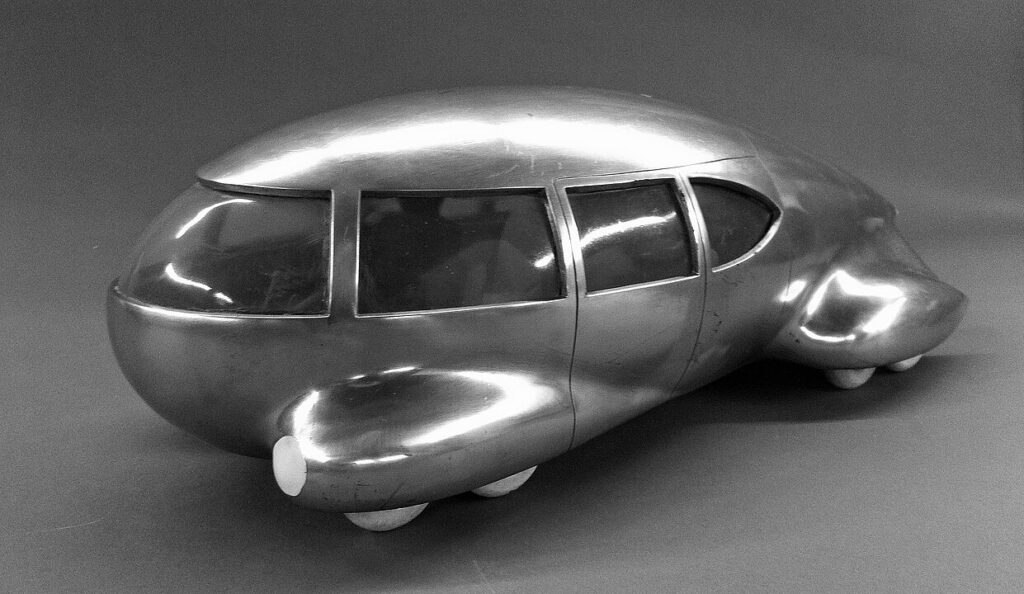
Norman Bel Geddes, an American industrial designer and futurist, envisioned streamlined, futuristic transportation systems. His designs for aerodynamic cars, aircraft, and even entire cities influenced the development of modern transportation. Bel Geddes’ work in the 1930s, including his “Futurama” exhibit at the 1939 New York World’s Fair, offered a glimpse into a future where transportation was faster, more efficient, and more integrated into urban environments.
John Blenkinsop
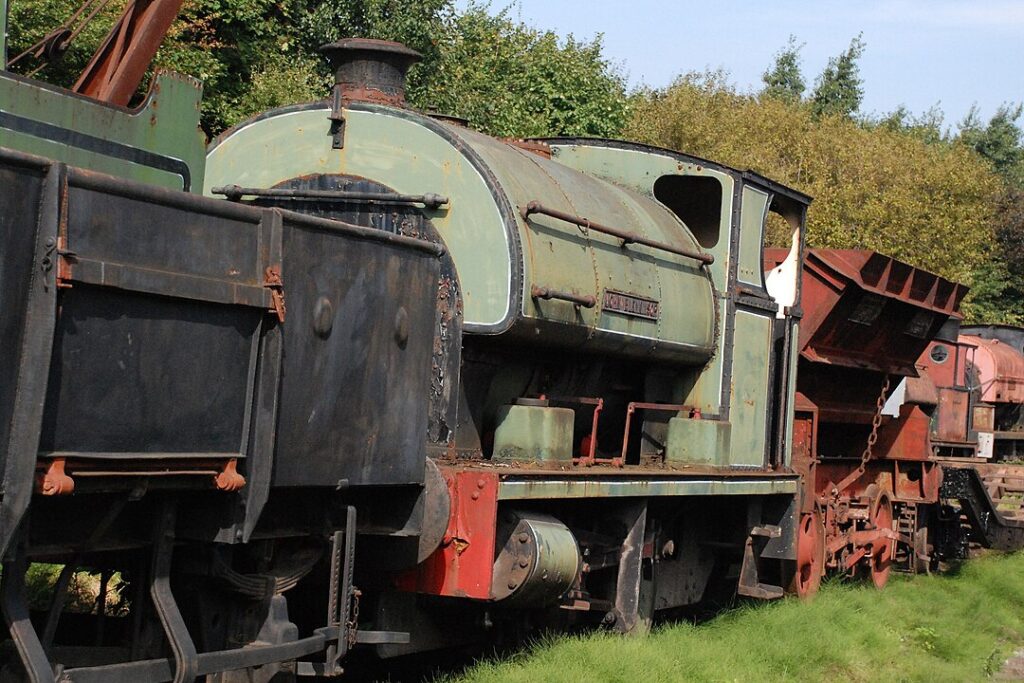
John Blenkinsop was an English engineer who developed one of the first practical steam locomotives. His design for a rack-and-pinion railway allowed trains to climb steeper grades, which was a significant advancement in railway engineering. Blenkinsop’s work enabled the expansion of rail networks into more challenging terrains, making rail transportation more versatile and accessible.
William Boeing
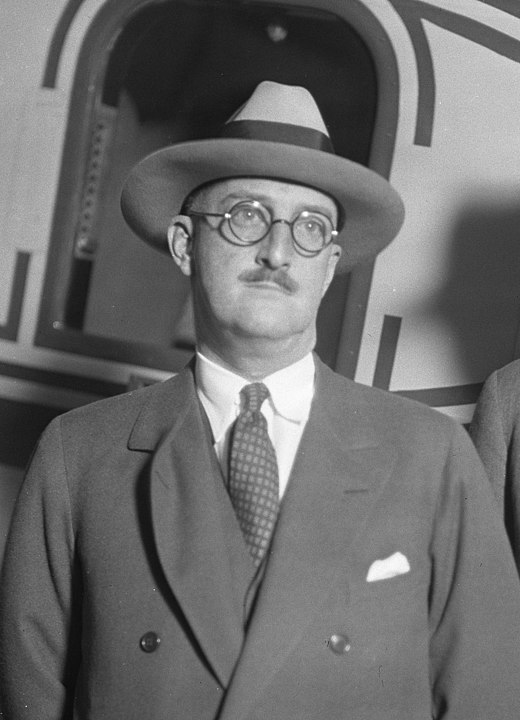
William Boeing, the founder of Boeing, played a critical role in the development of commercial aviation. His company’s early aircraft designs, such as the Boeing 707, revolutionized air travel by making it faster, safer, and more accessible to the public. Boeing’s vision and innovation laid the foundation for the modern airline industry, which now connects people across the globe.
Marc Brunel
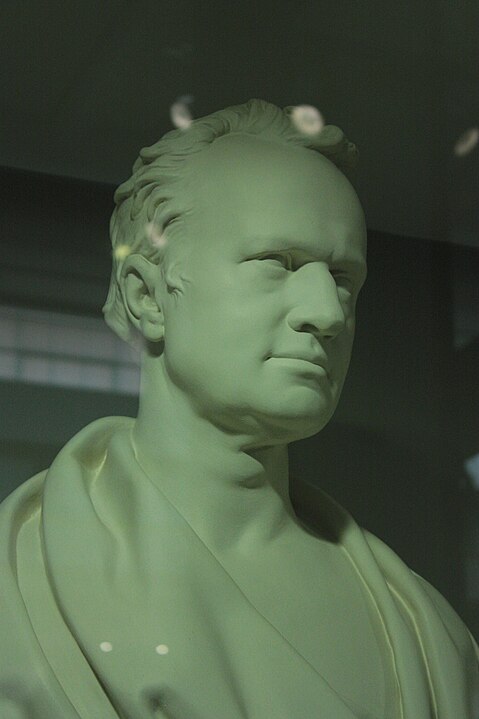
Marc Brunel, the father of Isambard Kingdom Brunel, was an engineer who made significant contributions to tunnel construction. He developed the tunneling shield, a revolutionary technology that allowed for the construction of tunnels under rivers, including the Thames Tunnel in London. This innovation was a precursor to modern tunneling techniques used in subway and underground infrastructure worldwide.
Peter Carl Goldmark
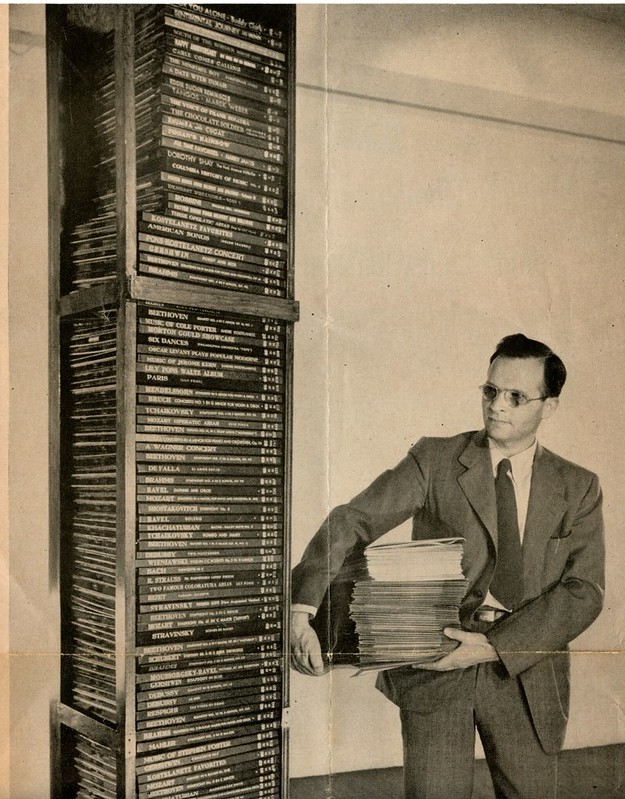
Peter Carl Goldmark, a Hungarian-American engineer, developed the long-playing (LP) record, which revolutionized the music industry. However, his contributions to transportation include the development of the first color television system and work on highway safety. Goldmark’s research into traffic control systems and automated highways foreshadowed today’s smart transportation technologies, such as adaptive traffic signals and autonomous vehicles.
This article originally appeared on UnifyCosmos.
More from UnifyCosmos
18 Expenses That Quietly Eat Away at Your Budget

From daily coffee runs to subscription services, these expenses can add up quickly without us even realizing it. Understanding where your money goes is key to maintaining financial health. Read more!
21 Grocery Shopping Habits That Drain Your Wallet

Small habits can lead to big expenses over time. Recognizing these signs can help you save money. Here are some clues that you might be wasting hundreds at the grocery store every year. Read more!
21 Healthy Eating Habits for a More Energetic Life

Simple changes in your diet can lead to big improvements in how you feel and function. Let’s explore some effective eating habits that can help you feel more energetic every day. Read more!
Leave a Reply